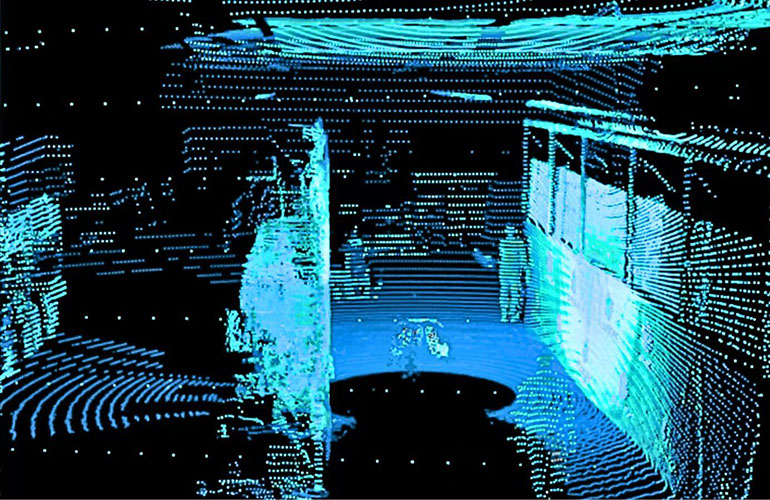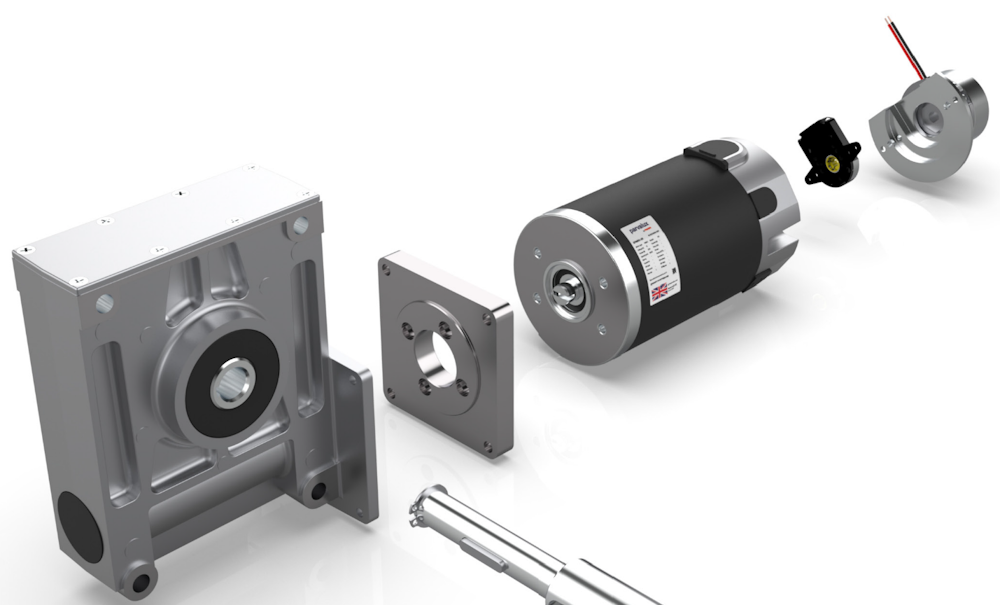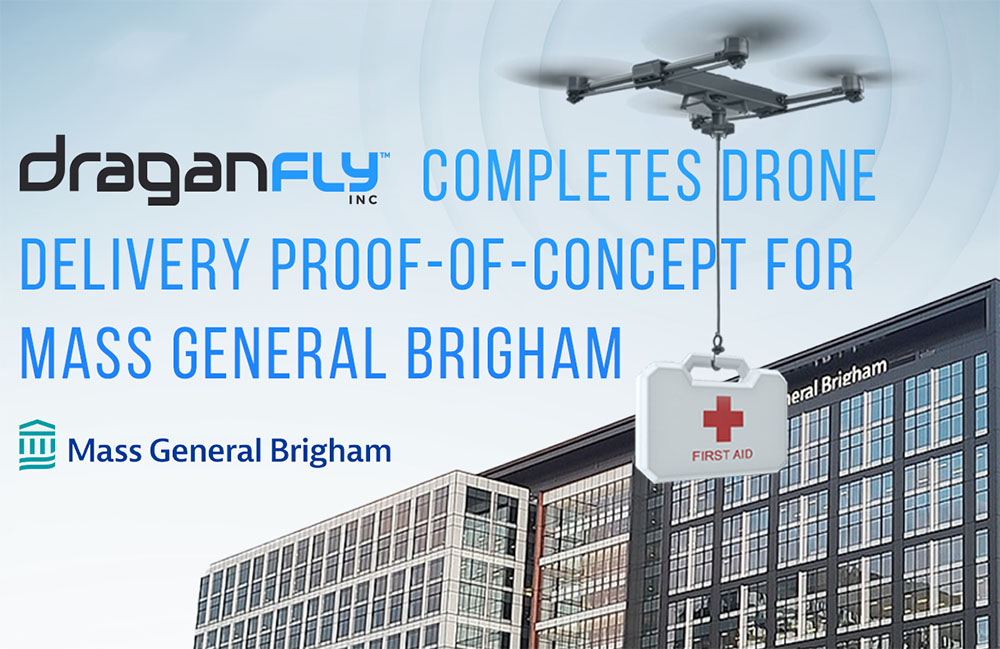By The Robot Report Staff | September 5, 2024
Cyngn’s latest patent optimizes sensor data processing by integrating lidar and image technologies. | Source: Cyngn
Cyngn Inc. yesterday announced the official granting of its 20th patent. U.S. Patent No. 12,032,099 introduces a method to maintain the accuracy of data collected by an autonomous vehicle’s sensors as the vehicle moves.
Menlo Park, Calif.-based Cyngn said its latest patented system optimizes sensor data processing by integrating advanced lidar and imaging technologies. By initially capturing comprehensive environmental data, the system then calculates and adjusts for any time delay between data acquisition and processing.
The company said its system then dynamically generates a motion model based on real-time sensor movements across multiple axes, ensuring precise predictions of future positions.
“The granting of our 20th U.S. patent underscores Cyngn’s ongoing commitment to advancing autonomous vehicle technologies,” stated Lior Tal, chairman and CEO of Cyngn. “Following the 16 U.S. patents granted in 2023, this achievement reflects our team’s commitment to building out a robust patent portfolio to protect our intellectual property.”
Cyngn claimed that the patent is significant because it enhances the reliability and precision of sensor data in autonomous vehicles (AVs) and mobile robots by effectively compensating for motion during data processing.
“This capability enables these systems to operate with utmost accuracy in dynamic environments, ultimately enhancing safety, and efficiency, and empowering better-informed decisions based on precise environmental data,” the company said.
Patent filings for autonomy continue
The new patent bolsters Cyngn’s position in the AV industry, asserted the company. Cyngn said it provides customers with a seamless way to adopt self-driving technology into their operations without high upfront costs.
The company’s earliest patents, filed in 2021, were for obstacle-detection and vehicle sensor systems. These were followed in 2022 by a patent for Cyngn’s vehicle localization system. It greatly ramped up its patent filings in 2023, when the company filed 16 patents. This latest patent is the first it has filed this year.
The patents Cyngn filed in 2023 covered:
- Three-dimensional object detection system with ground removal intelligence
- Flexible multi-channel fusion perception
- A self-adaptive lidar-camera synchronization system
- Multi-channel object-matching
- Obstacle detection systems
- A system and methods of adaptive relevancy prediction for autonomous driving
- Vehicle sensor systems
- Large-scale automatic grading in autonomous driving using a domain-specific language
- Adaptive distribution of autonomous driving computations.
- Adaptive trajectory prediction for autonomous driving
- Granularity-flexible, existence-based object detection
- Same-loop adaptive simulation for autonomous driving
- Computation acceleration for autonomous driving systems
- A modular extensible behavioral decision system for autonomous driving
- Adaptive traffic rule-based decision making for autonomous driving
- Large-scale autonomous driving validation
About Cyngn
Cyngn said it develops and deploys scalable AV technology for industrial organizations. The company’s DriveMod Kit can be retrofitted to existing vehicles or installed on new ones. This allows customers to adopt self-driving technology without upfront costs or the need to replace existing vehicle investments, it noted.
Cyngn’s flagship product, the Enterprise Autonomy Suite, includes DriveMod for AVs; the Cyngn Insight customer-facing suite of AV fleet management, teleoperation, and analytics tools; and Cyngn Evolve, an internal toolkit that enables the company to use data from the field for AI, simulation, and modeling.

 3 months ago
44
3 months ago
44










 English (US) ·
English (US) ·